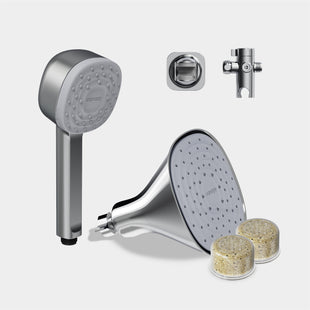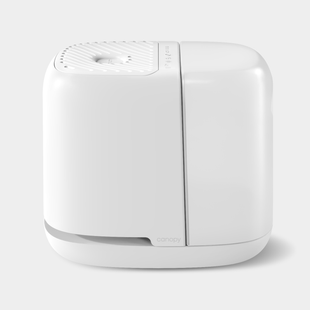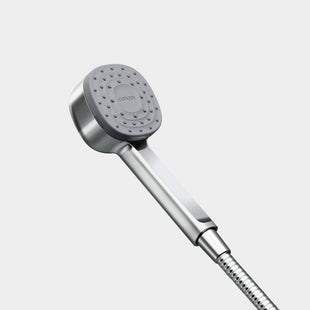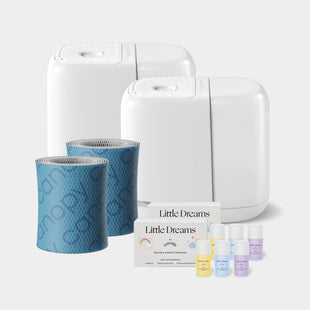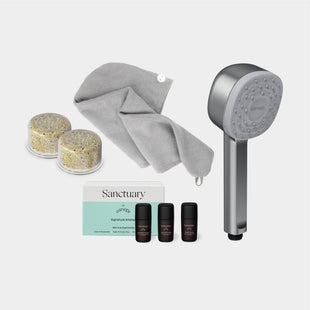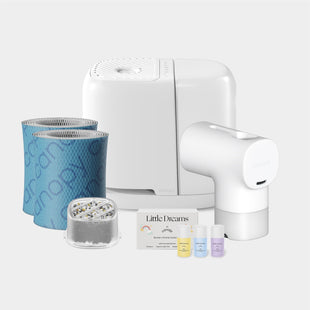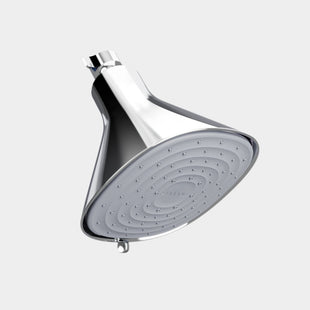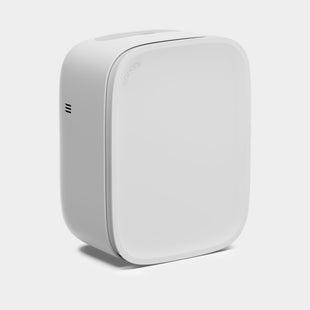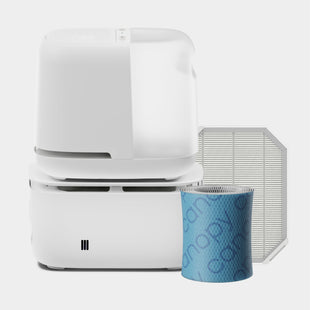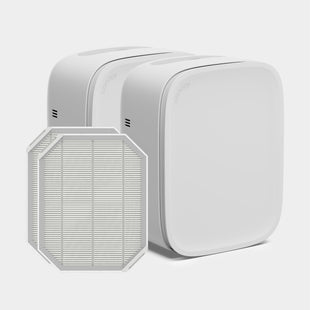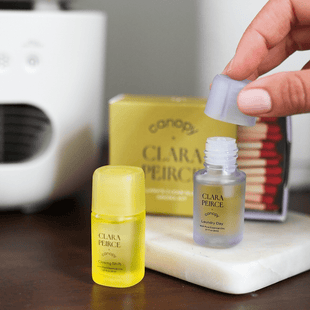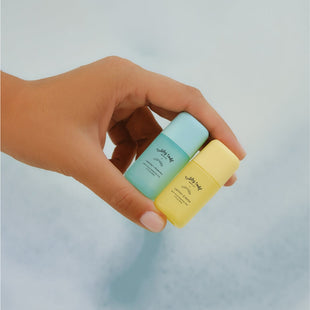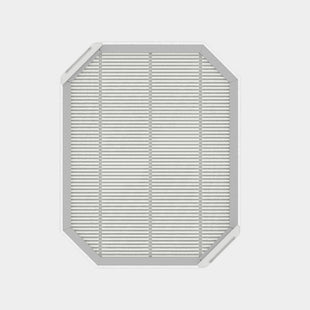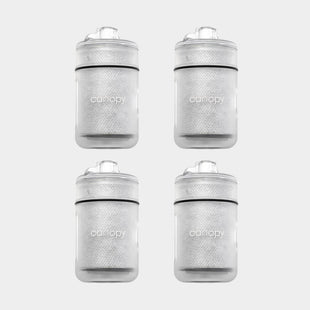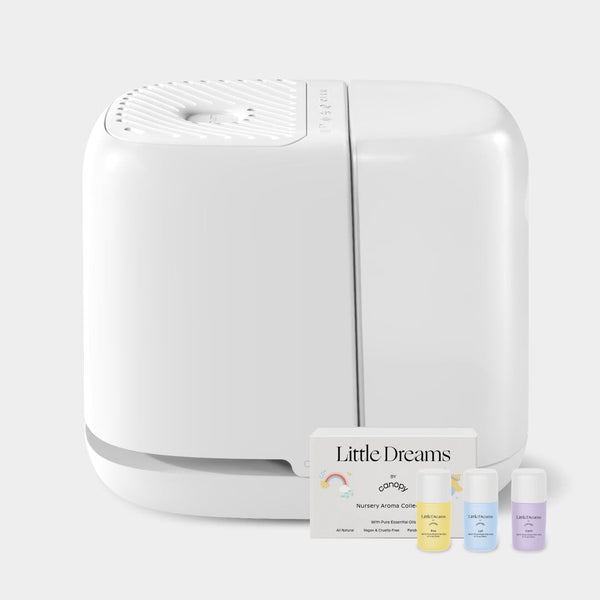When a new baby joins the family, you want them to come home to a clean, healthy environment. Outdoor pollution is an increasing concern, but parents often don’t consider that indoor air might also cause problems. Babies have sensitive lungs, smaller airways that are still developing, and breathe faster than adults1. This leaves them more vulnerable to air pollution, potentially leading to issues like excessive sneezing, irritation, stuffiness, and dryness.
It’s important to ensure you’re creating a safer home for them to grow and develop. Fortunately, there are plenty of ways you can ensure your baby is breathing cleaner, fresher air, including by using an air purifier. The first step is understanding what impacts the quality of your air and how you can improve it.
What Affects Indoor Air Quality?
Many factors can contribute to poor indoor air quality, including:
- Dust or dirt
- Pollen
- Animal dander
- Fireplaces, wood stoves, and furnaces
- Tobacco smoke
- Mold
- Pests
- Household cleaning products
- Exhaust fumes from traffic or attached garages
- Carbon monoxide
- Chemicals found in paints and adhesives
- Chemical air fresheners and scented candles
- Poor ventilation or inefficient HVAC systems
If left unaddressed, these factors can continuously worsen air quality over time.
The Benefits of an Air Purifier for Your Baby

Kids spend about 80% to 90% of their time indoors, and babies spend even more2. As they grow, they need a comfortable environment that allows them to develop properly. Cleaner air can support overall well-being3.
One way you can help improve indoor air quality is by getting an air purifier for your baby. Air purifiers contribute to fresher, cleaner air by filtering out common impurities. Some research suggests that air purifiers with HEPA (high efficiency particulate air) filters can reduce unwanted airborne particles by as much as 25% to 50% and help alleviate uncomfortable symptoms2.
The best air purifiers for babies should use a multi-stage HEPA filtration system that can trap up to 99.97% of airborne particles as small as 0.3 microns*. This means the air purifier can trap dust, pollen, smoke, and other contaminants, promoting comfort and overall wellness.
*Tested to ISO 29463 standards
If you’re worried about devices leading to a noisy nursery, look for an air purifier that operates quietly and can double as a white noise machine for more restful nights.
To get the most out of your nursery air purifier, make sure it’s placed in a good spot. Don’t let any furniture, clothing, or other objects block airflow. It should be a few inches away from any walls or large furniture and placed on a sturdy, elevated surface, like a nightstand or bookshelf. Also, it should be kept away from any electronics, like baby monitors. Air purifiers could potentially interfere with devices on similar electrical wavelengths and prevent them from working properly.
An air purifier is the perfect companion to our Nursery Humidifier for snuggle-ready skin, cozy nights, and comfortable little noses.
How to Make Your Baby’s Environment More Comfortable
While air purifiers make an excellent addition to a nursery, these devices alone shouldn’t be your only solution to cleaner indoor air. Here are a few steps you can take to filter out as many indoor air pollutants as possible.
1. Improve Airflow
One of the best and easiest ways to improve indoor air quality is by increasing ventilation in your home. Regularly check the outdoor air quality status online. When pollutants are low, open doors and windows to promote airflow and bring fresher air in.
2. Be Careful With Cleaners
Regular vacuuming, laundry, and other chores help keep your air and home clean. However, many common household cleaning products could contain toxic chemicals that can lead to adverse health effects, especially in babies and young children4. Opt for natural or fragrance-free cleaners, or DIY solutions, like vinegar and baking soda.
3. Be Vigilant About Smoke Exposure
Smoke of any kind is highly dangerous to developing lungs and should be kept away from babies and nurseries. Make sure to install smoke and carbon monoxide detectors on every level of the home. Have fireplaces, wood-burning stoves, and other smoke-producing appliances cleaned and inspected annually by a professional to ensure they’re working properly.
4. Avoid Heavy Fragrances
Candles, air fresheners, incense, and plug-ins contain chemicals that can contribute to indoor air pollution4. Instead, try natural soy wax or beeswax candles, or use our air purifier’s built-in diffuser for gentle aromatherapy.
Sources:
- (17 October 2023). How to Create a Healthy Nursery Environment: Indoor Air Quality for Newborns. IAQWorks. Retrieved September 30, 2025, from https://iaq.works/indoor-air/how-to-create-a-healthy-nursery-environment-indoor-air-quality-for-newborns/
- (8 January 2024). Indoor Air Pollutants. American Academy of Pediatrics. Retrieved September 30, 2025, from https://www.aap.org/en/patient-care/environmental-health/promoting-healthy-environments-for-children/indoor-air-pollutants/
- Children and Air Pollution. Clean Air Fund. Retrieved September 30, 2025, from https://www.cleanairfund.org/theme/children/
- (12 June 2025). Simple Ways to Keep the Air Clean When You Have a Baby at Home. Woombie. Retrieved September 30, 2025, from https://woombie.com/blog/post/simple-ways-to-keep-the-air-clean-when-you-have-a-new-baby-at-home

